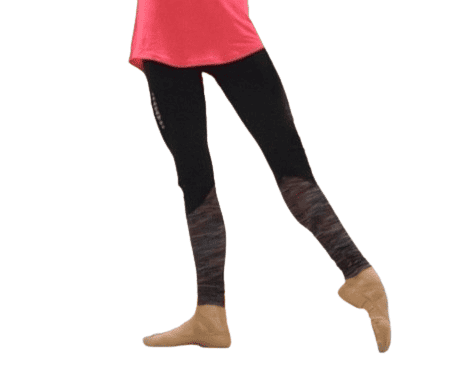Ballet Tendu – How to Perfect Your Technique
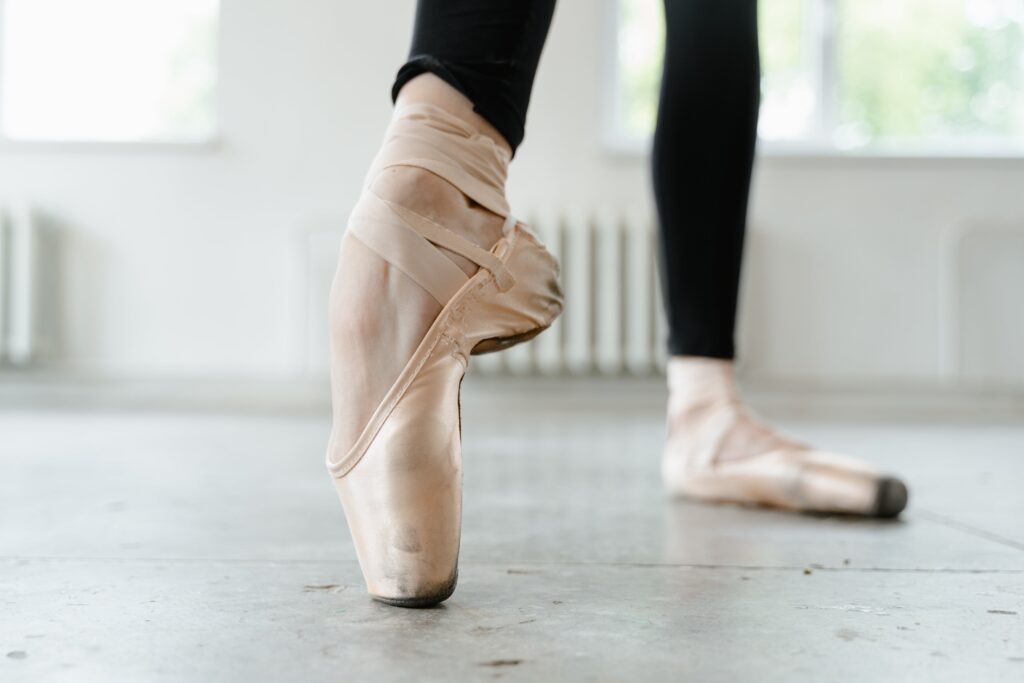
One of the fundamental movements in ballet is the tendu.
As dancers, our relentless pursuit of perfection leads us to constantly refine our technique and master the intricacies of complex dance movements.
However, before we can move forward into advanced combinations, our journey has to begin with the fundamentals.
In this blog post, I’ll provide you with beginner and professional tips to master your ballet tendu technique.
WHAT IS A BALLET TENDU?
A Ballet Tendu is the stretching of your foot along the floor from a closed to an open position.
It’s an essential ballet movement that ultimately lays the groundwork for numerous ballet movements.
Have you heard the saying, ‘everything starts with a tendu?’
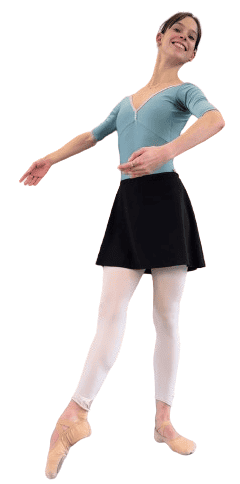
The tendu really is one of the most important and basic skills dancers learn at the beginning of their training, and one that’s still incorporated into daily classes.
Without a ballet tendu there would be no grand battement, assemble, or grand jete.
The legs would not finish with a beautifully stretched foot, and landings from jumps would lack control.
A ballet tendu is crucial for developing proper foot articulation, control, and strength.
COMMON BALLET TENDU MISTAKES
Here are three common ballet tendu mistakes that can be easily avoided with practice and precision.
RELAXING THE LEG WHEN CLOSING FROM A TENDU POSITION
The first common mistake during a ballet tendu is failing to engage your leg muscles by relaxing or bending the knee instead of maintaining full leg extension.
NOT SHIFTING YOUR WEIGHT ON YOUR SUPPORTING LEG
The second common mistake is performing a ballet tendu while keeping your weight centred, or keeping your weight on the working leg and sinking into the pointed foot.
The best way of performing a tendu is to shift your weight and lift out of the supporting leg.
INITIATING THE MOVEMENT FROM THE HIP
The third common mistake is quite common.
It’s when dancers don’t isolate the leg from the hip joint and begin the movement by lifting the hip rather than pressing down onto the floor with the toes.
BALLET TENDU TIPS FOR BEGINNER DANCERS
Here are three tips for beginner dancers to incorporate into your daily practice to achieve a correct ballet tendu technique.
TIP 1 – USE THE FLOOR
Foot articulation is crucial!
Try pressing the metatarsals into the floor from demi pointe to pointe.
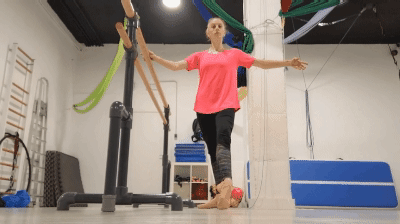
RECOMMENDATION
To enhance the sensation and connection with the floor, a useful tip is to wear socks during barre.
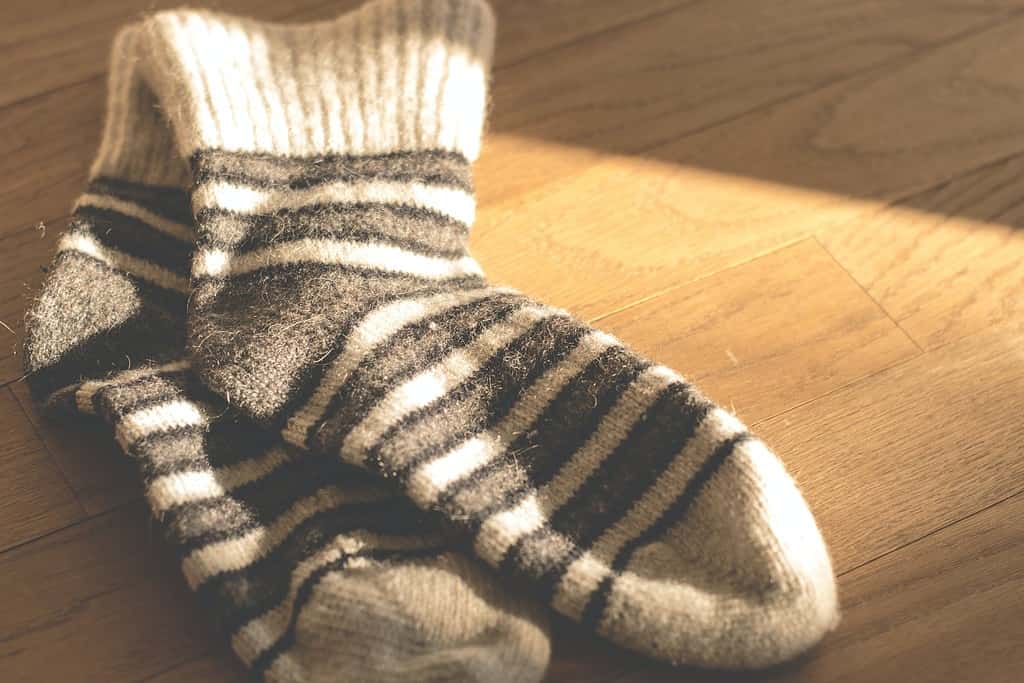
This allows you to feel the floor more distinctly and provides your toes with more freedom.
TIP 2 – LIFT OUT OF THE HIPS WHEN CLOSING
As a ballet tendu is a movement, we need to create space in the hips to allow room to close with a sense of ease rather than with tension and force.
RECOMMENDATION
When closing your ballet tendu, focus on the feeling and sensation of your upper body floating and staying lifted.
Engage your core, and lift out of your hips, while allowing only your lower body (ie. your legs and feet) to execute the movement.
TIP 3 – CONTROLLED CLOSING
With performing a ballet tendu, the closing movement is equally, if not more, important than the opening.
Executing a controlled closing to either 1st or 5th position will give you freedom later in the centre when taking off and landing from allegro.
RECOMMENDATION
Let’s consider closing from a tendu to 5th position.
The optimal position is a tight and turned-out 5th position.
If this is difficult for you, try lifting your heels slightly off the floor as you close into the 5th position.
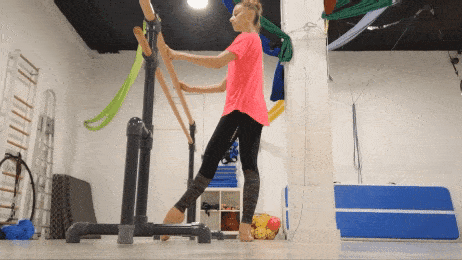
This small adjustment can help give you the feeling of space and lift until eventually you won’t need to make any adjustments.
Remember to keep your hips lifted and avoid slamming your leg into a closed position. Strive for a controlled closing, allowing your leg to smoothly slide into a nice tight position.
BALLET TENDU TIPS FOR ADVANCED DANCERS
Here are three tips for advanced dancers, that build on the basic principles of a ballet tendu, that can be incorporated into your daily practise to perfect this movement further.
TIP 1 – CHANGING TEMPOS
While it’s ok to start with slower-paced tendus, we all know that dancers are constantly changing tempos and need to be able to perform a ballet tendu at different speeds and with varying dynamics.
RECOMMENDATION
Perform ballet tendus at varying speeds, while maintaining the same lifted feeling and proper use of the floor.
Play around with dynamics, such as holding the foot out and bringing it in quickly, or vice versa—faster extension and a slower return.
There are many different options you can play around with making ballet tendus a very versatile movement.
Remember to try each position (ie. devant, derriere, a la seconde) and incorporate variations with open or crossed positions.
TIP 2 – STRETCH AND LENGTHEN
When performing a ballet tendu, it’s important to fully extend or stretch the leg, reaching all the way through until the toes.
This action not only creates a visually elongated line essential for all ballet movements but also engages the muscles correctly, creating length and strength.
RECOMMENDATION
Begin by engaging the deep rotator muscles of the hip extending the leg, and maintaining rotation.
Throughout the extension, strive for the utmost stretch, ensuring the toes reach their maximum point.
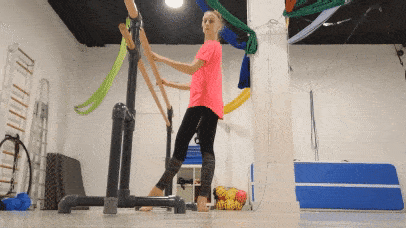
The same principle applies during the return movement.
Maintain full leg extension, without bending the knee, until reaching the starting position when closing.
TIP 3 – WORK ON ROTATION
It’s common for dancers to overlook the utilisation of all three points of rotation during a ballet tendu.
Remember, rotation can occur not only from the hip but also from the knee and the ankle.
RECOMMENDATION
Once again, activate the deep rotators, envisioning the leg turning outward from the hip.
As you begin extending the leg, visualise a spiraling outward movement originating from the knee joint and extending through the ankle.
This should help you guide the heel forward until reaching the toes.
On the way in, initiate by directing the toes backward, ensuring the knee rotates outward and the hip socket remains open.
This is a visual and proprioception exercise aimed at making this exercise second nature.
WRAP UP
Have you ever counted how many ballet tendus you do in a ballet class?
Probably too many!
Ballet tendus are the perfect way to fine-tune your technique and develop the necessary strength and length in your legs and feet.
Once you’ve mastered the ballet tendu, you’re one step closer to mastering everything else.
Try the tips out and see for yourself.
